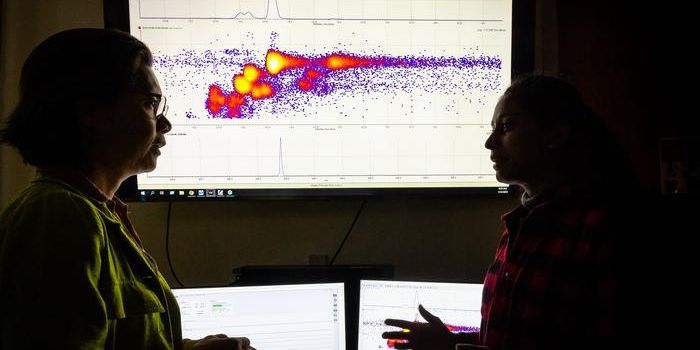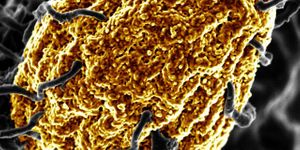Aerosols and Weather: The Impact of Wildfire Emissions on Temperature and Humidity
Can wildfires create even worse wildfires? This is what a recent study published in Atmospheric Chemistry and Physics hopes to address as a team of researchers from the University of California Riverside (UCR) investigated how smoke emanating from California wildfires results in increased atmospheric temperatures across the western United States. This study holds the potential to help researchers, climate scientists, and the public better understand the long-term effects of climate change and the risks it poses, as well.
“I wanted to learn how the weather is affected by aerosols emitted by wildfires as they’re burning,” said James Gomez, who is a UCR PhD candidate and lead author on the study.
For the study, Gomez and his colleagues analyzed data from fire seasons between 2003 and 2022, specifically involving what are known as peak fire days, and focused on fire days that occurred during cold and wet climates. In the end, Gomez found fires occurring on those days resulted in hotter and drier conditions, meaning the burning fires could fuel even more fires by creating favorable conditions for them to burn.
The team concluded the soot, also called black carbon, that is produced from the fires trap heat to produce warmer temperatures, which mitigates cloud formation. The team mentions that reflective and adsorptive aerosols play a key role in climate change, as reflective aerosols help cool the planet while absorptive aerosols can worsen climate change effects.
While one such reflective aerosol known as sulfate aerosols helps cool the planet, it unfortunately is produced from burning fossil fuels. Additionally, in efforts to improve air quality, sulfate aerosols are also removed along with it, thus warming the planet. In contrast, black carbon acts as an absorptive aerosol that warms the planet making fires more likely to occur.
The team notes that improving air quality by removing sulfate aerosols should simultaneously be conducted with decreasing carbon emissions, with Gomez emphasizing that a combination of improved land management strategies could also reduce wildfires, as well.
What new discoveries about mitigating wildfires will researchers make in the coming years and decades? Only time will tell, and this is why we science!
As always, keep doing science & keep looking up!
Sources: Atmospheric Chemistry and Physics, EurekAlert!, UC Riverside News








